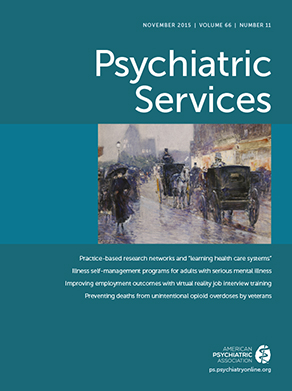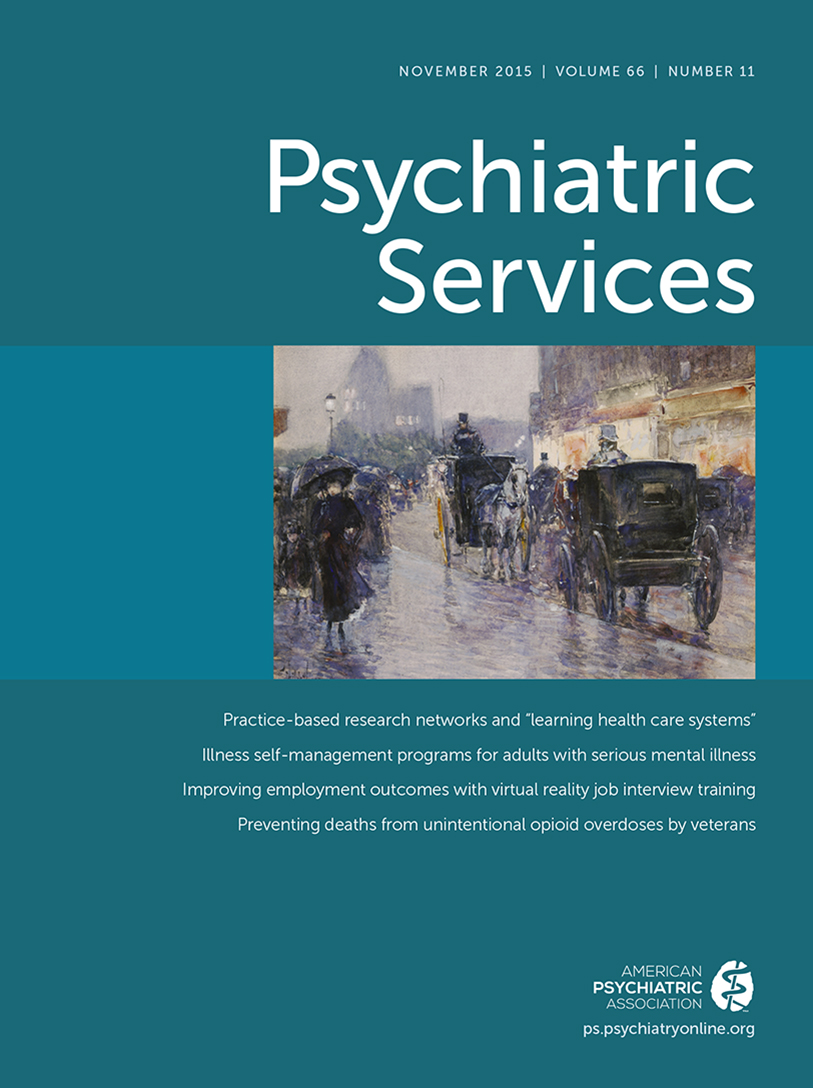Over 2 million people in the United States are affected by ASD. A study released by the Centers for Disease Control and Prevention in March 2014 reported that the prevalence of ASD in eight-year-olds rose from nine per 1,000 population (1 per 110) in 2006 to 14.7 per 1,000 (1/68) in 2010 (
1). The prevalence of ID in Pennsylvania in 1996 was 14 per 1,000 population among children and 6.4 per 1,000 among adults (
2). By any estimate, the number of individuals affected by ASD or ID represents an enormous public health issue. ASD and ID also carry a financial and human cost. Ganz (
3) reported the per capita lifetime incremental cost to society of autism at $3.2 million. Lost productivity and adult care were the largest components of costs.
Essential Elements of the Health Home for ASD and ID
The primary goal of the health home team would be to energize and engage patients and families in a lifelong process of becoming more functional and independent by developing an ongoing relationship with the team. This alliance begins with longitudinal care coordination provided by highly trained ASD/ID life-care managers. These individuals would serve as the heart of the model by providing families with lifelong guidance and education and supporting effective care coordination and communication between the family, the clinical team, and community stakeholders. These bachelor’s-level clinicians would function with a broad understanding of the needs of patients and families and would be supervised by master’s-level clinicians from the multidisciplinary team.
Families must receive ongoing guidance to have a clear expectation of the disabled family member’s current developmental goals and upcoming transitional challenges. This developmental guidance is a lifelong process and helps to highlight areas of progress and delay. To ensure consistency, we propose that this process require informed life-care managers and a “life-care manual.” The manual would be organized around key developmental periods over the lifespan, encourage a review of essential domains of functioning, and provide a template and common language for the family and clinical team. Patients and families would meet quarterly with the assigned life-care manager to discuss current and future developmental goals via a manualized review of key functioning areas, including communication, social functioning, independent living skills, problematic behaviors, comorbid mental illness, medical issues, and family functioning. Through this discussion, patients and families and the team would work collaboratively to ensure that issues are addressed proactively.
Clinical care would be delivered by a multidisciplinary team with expertise in the evidence-based treatment of the social, emotional, and behavioral needs of patients with ASD or ID. Team members’ backgrounds would include psychiatry, developmental pediatrics, psychology, behavior analysis, social work, counseling, nursing, occupational therapy, physical therapy, and speech and language therapy. The team would receive extensive and ongoing training and supervision to ensure a high level of expertise in evidence-based practices. Care begins with an initial diagnostic evaluation by the multidisciplinary team; it is critical that this evaluation provide not only an accurate diagnosis and case conceptualization but also the initial plan of care. Persons with ASD or ID have evolving needs over many developmental stages. Therefore, periodic reassessment of the treatment plan is needed. In addition, ongoing patient monitoring would identify areas of decline or lack of developmental progress and would trigger targeted reassessment by team members to tailor interventions to the needs of the patient and family.
The transition to adulthood is particularly challenging for patients with ASD or ID, and a common treatment concern is the provision of educational and vocational services in silos, isolated from clinical services. The health home team would work closely with school districts, vocational training agencies, adult transition services, and sheltered workshops. The expertise of the multidisciplinary team is needed to address impairments in social functioning, communication, problematic behaviors, and comorbid mental illness. Each limitation has a negative impact on academic and vocational success.
The ASD/ID health home would also include the use of an electronic patient registry, which would expand the functionality of electronic health records by supporting patient tracking and incorporating patient and family survey instruments. Patient tracking is essential for chronic conditions to ensure that no patient is lost to follow-up. Survey instruments, completed quarterly by patients and families, would monitor the domains of functioning described above, and results would be discussed at the quarterly treatment review with the life-care manager. This information helps patients and families remain informed about developmental and treatment progress. Outcome monitoring also provides ongoing feedback to clinicians, administrators, policy makers, and researchers on the efficacy of interventions and supports continual improvements in individual and population-level health.
Furthermore, integration of general medical services into the health home is essential in providing comprehensive care to these vulnerable patient populations. These services should include primary care, neurology, cardiology, genetics, and other subspecialties. Profound impairments in communication and common problematic behaviors are frequently driven by anxiety and misunderstanding of medical procedures and can impede access to high-quality medical care. Providing medical services within a health home has been linked to improved patient satisfaction and health outcomes (
11).
Finally, improved access of community members to the expertise of the multidisciplinary team through timely consultative services is another benefit of the health home. Hospital and school personnel, physicians, pharmacists, and mental health providers would be able to contact members of the team through formal patient assessments, EHR connectivity between providers, or more informal phone or electronic communication. The community standard of care will improve as more providers are exposed to both evidence-based care and the expertise of the team.
CADD: A Health Home Model for ASD and ID
Philhaven Behavioral Health is the 13th largest behavioral U.S. health provider. The Center for Autism and Developmental Disabilities (CADD) is a Philhaven program that serves as the central Pennsylvania regional center for ASD and ID. CADD is developing an integrated health care approach for individuals with ASD or ID that is based on the health home model. CADD has a multidisciplinary team with recognized expertise in the treatment of the social, emotional, and behavioral issues affecting individuals with ASD or ID. Currently, team members’ backgrounds at CADD include psychiatry, nursing, psychology, behavior analysis, social work, and counseling. Principles of the CCM have driven the philosophy of the program since its inception in 2005. Patients and families are engaged in an active partnership that involves evidence-based care delivered by a coordinated practice team. CADD provides ongoing care to approximately 1,200 individuals with ASD or ID and their families. CADD treats patients over the lifespan; patients’ ages range from 12 months to 65 years and older. CADD completes approximately 500 multidisciplinary evaluations per year and provides both office-based and community-based services.
However, notable gaps exist in the full implementation of the health home model. Current third-party reimbursements do not support the life-care manager position, which is critical for true integration of care. Funding streams must offer greater flexibility to support innovative health care solutions for high-risk populations. In addition, although the model at CADD arguably has merit, the program has yet to integrate outcomes research into the clinical operations to determine the clinical effectiveness and cost-effectiveness of this coordinated system of care for patients with ASD and ID.

